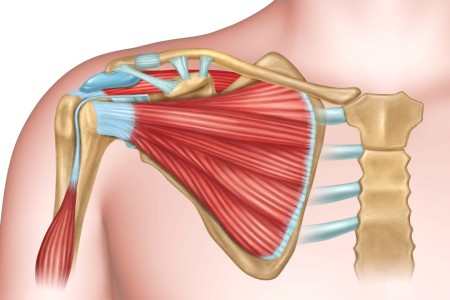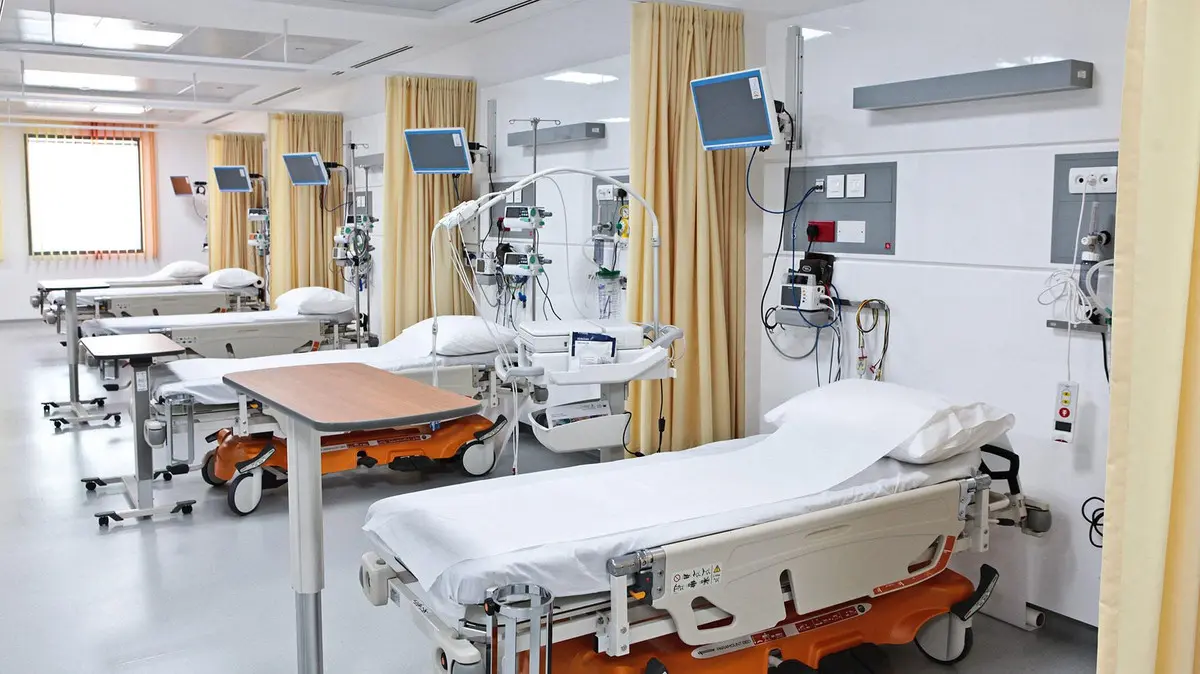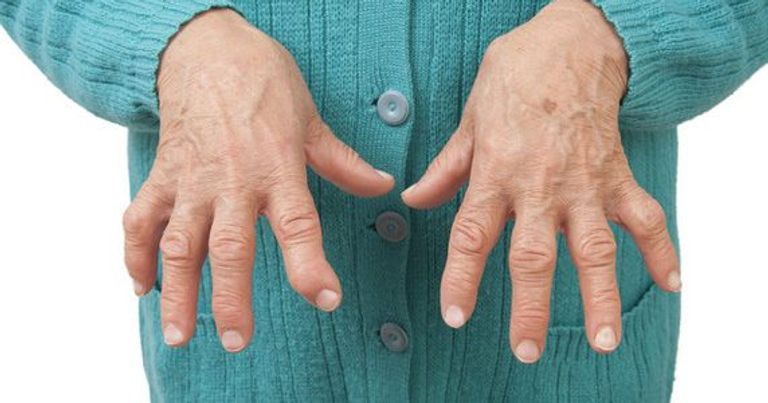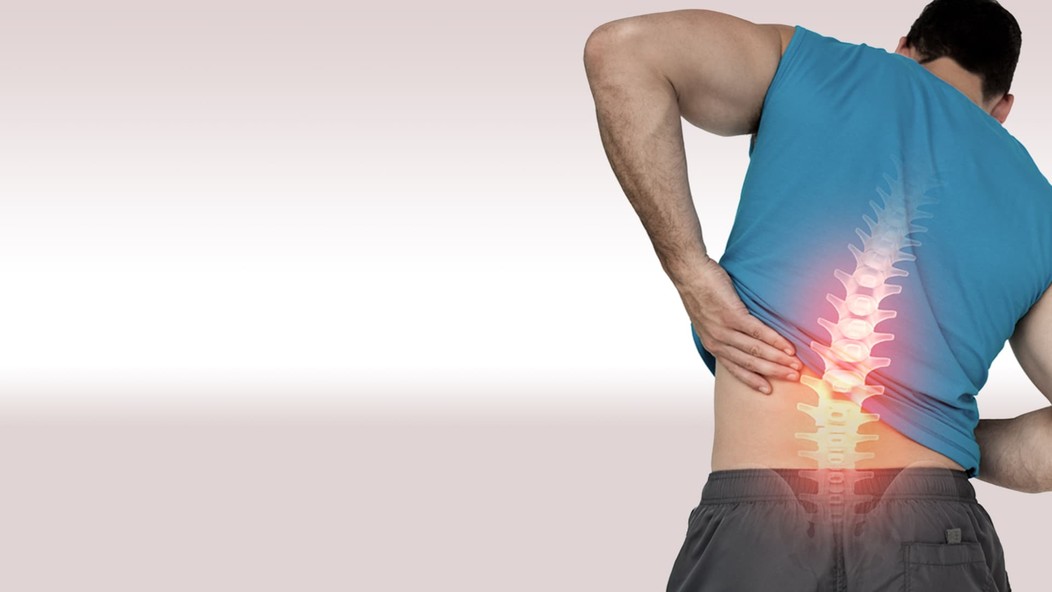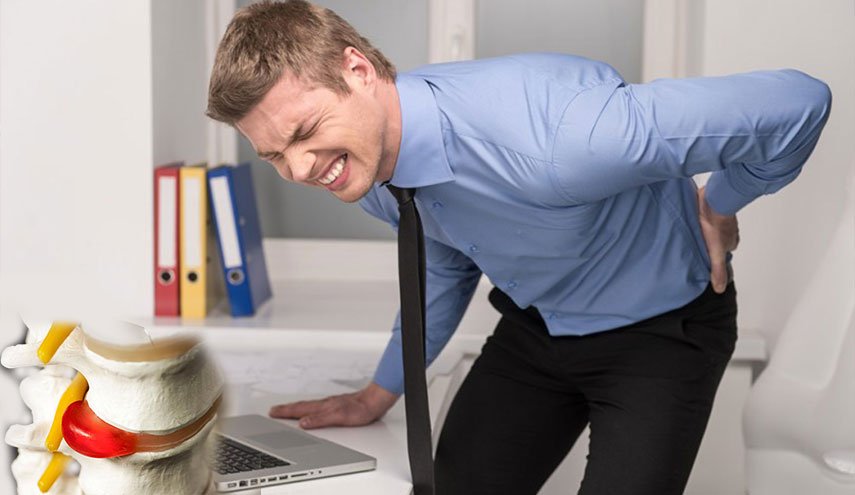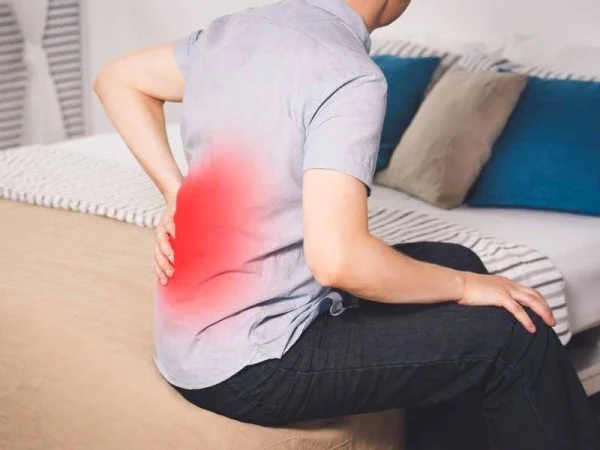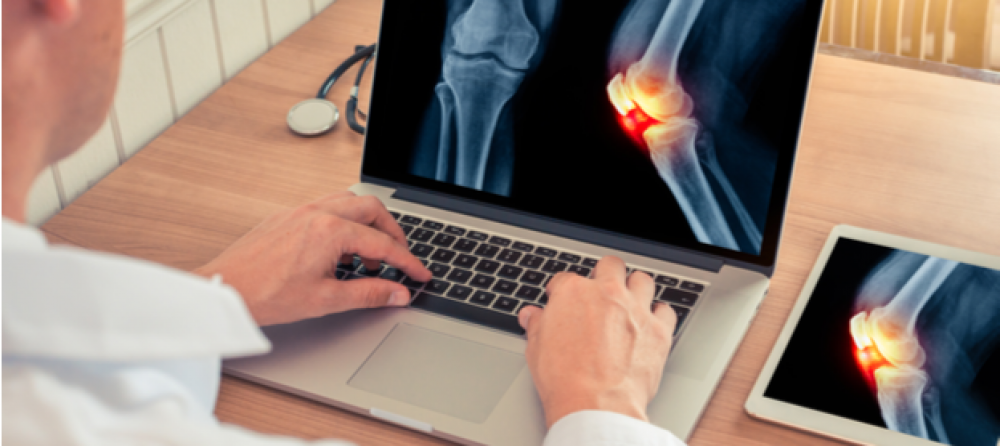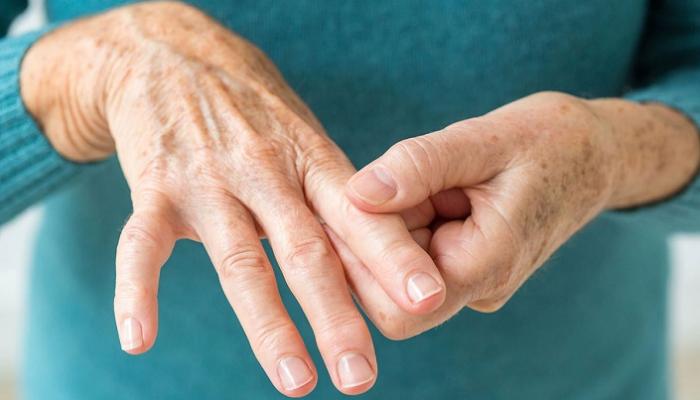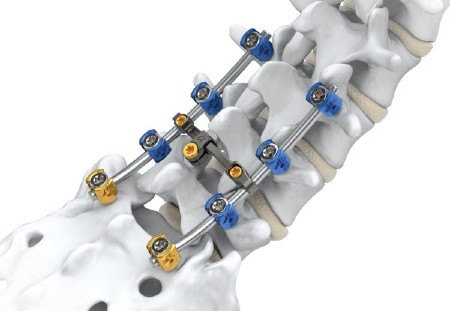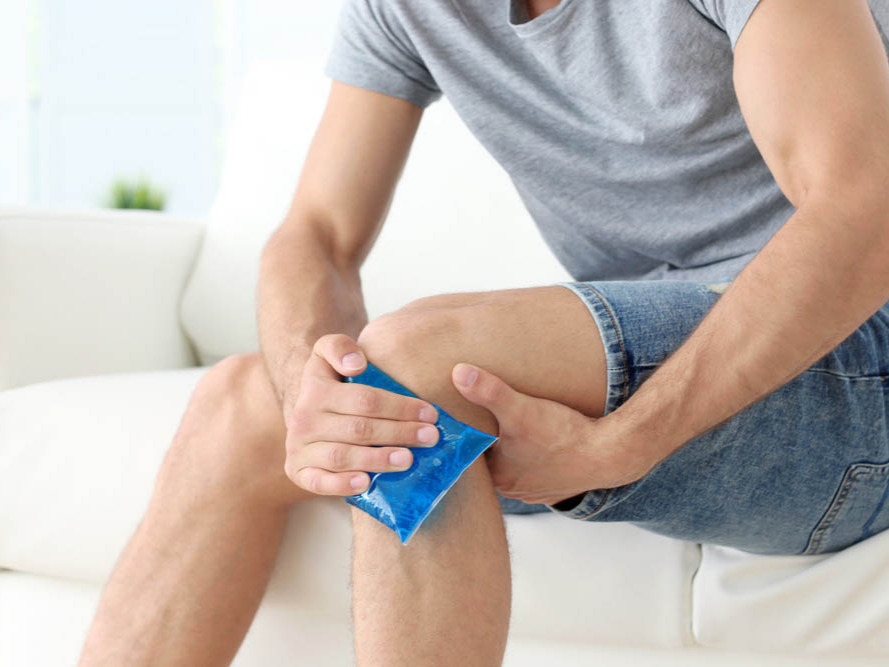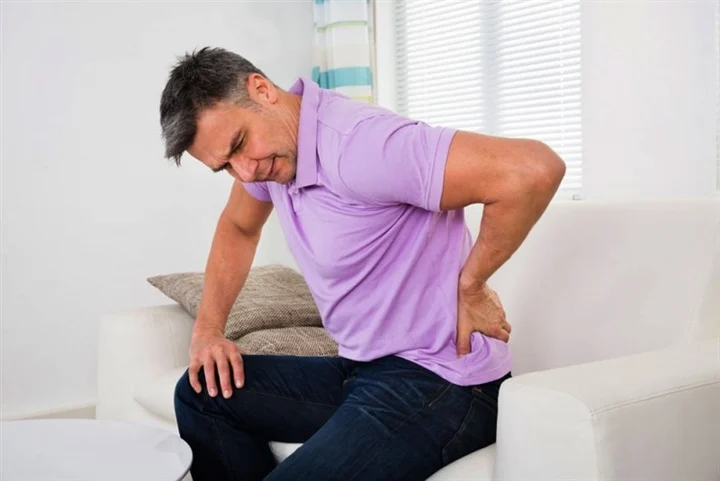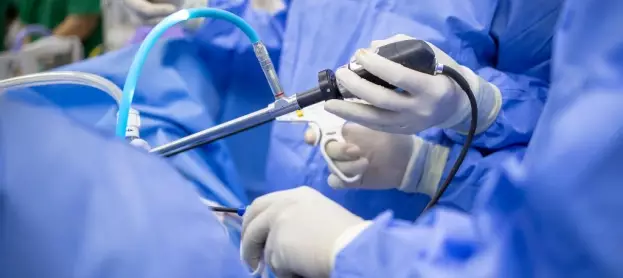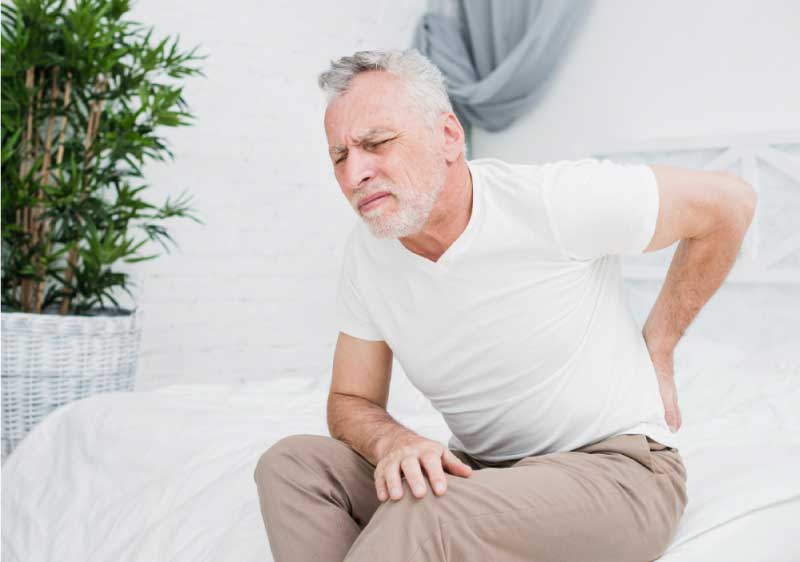How do I know I have knee roughness?
Knee roughness is a common disease in the elderly, and it is a severe erosion of the cartilage lining the knee, and therefore the person is unable to move normally, and through the following article, you can learn more information about knee roughness.
How do I know I have knee roughness?
In the knee, there is cartilage that connects the bones and cartilage and gives the possibility of the knee performing its function better, and the knee cartilage is like pillows placed at the bony ends in the knee, which helps absorb shocks and work to improve the performance of the kneecap in general.
Sometimes erosion occurs in the cartilage in the knee, which causes the person to suffer severe pain in the knee and great difficulty in walking, and thus he is unable to carry out his work and normal activity, and erosion and atrophy of the cartilage occurs for several reasons, including:
- The presence of rheumatoid arthritis in the knee.
- Infection with gout.
- degenerative arthritis;
- A knee fracture.
- A joint ligament was torn.
Symptoms of knee roughness
Knee roughness and pain can be identified. Work can be done to improve the patient’s condition, and the signs of injury can appear as follows:
- The patient may feel swelling in the knee.
- Having a feeling of pain in the knee.
- There is a deformity of the knee.
- A tingling sensation in the pet.
- redness in the knee
- knee instability.
- High temperature.
- Having muscle weakness.
Knee arthroscopy for the treatment of roughness
Knee arthroscopy is one of the medical procedures that help improve the condition of the knee and treat roughness or injuries that occur to the knee joint in general, and doctors can use knee arthroscopy to find out the exact diagnosis of the condition of the joint before surgery is performed.
The knee endoscope helps to get rid of free impurities in the knee and the remnants of the damaged cartilage in it, which allows a joint replacement operation, whether total or partial and the endoscope can give a complete picture of the joint during the operation, which increases the success rate of the surgery.
Does prostration increase the roughness of the knee?
There are degrees of knee roughness, and in the early stages of the disease, the person can use supportive pillows to place them below the knee during prayer, which absorbs shocks and improves the ability of the affected person to prostrate, and in severe cases, he can pray using a chair so as not to cause excessive stress to the joint.

